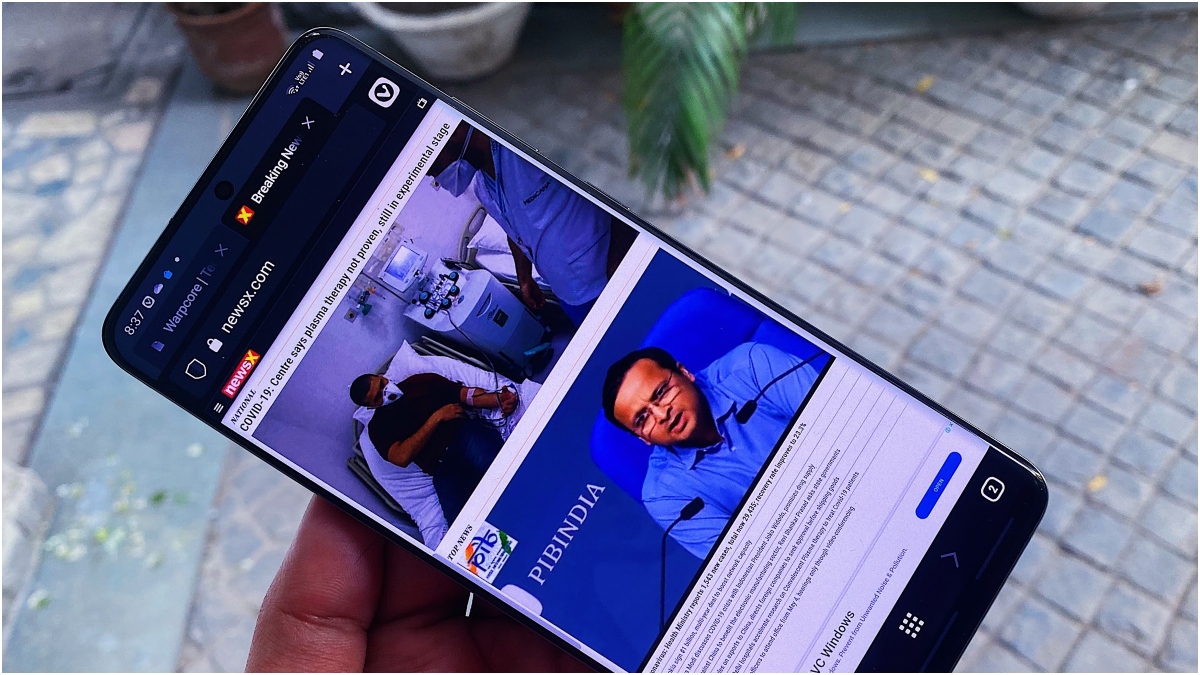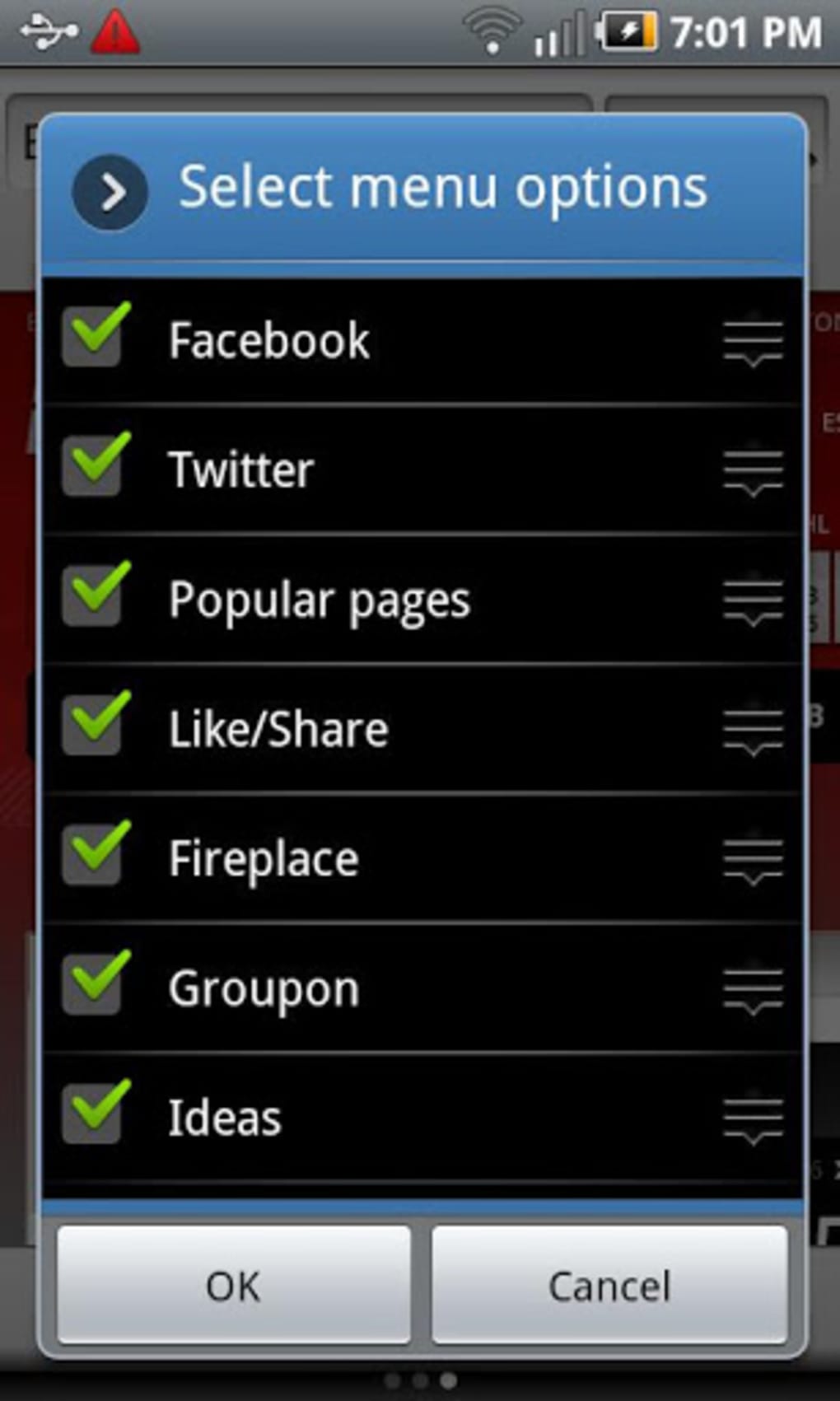
- #ANDROID DESKTOP WEB BROWSER FULL VERSION#
- #ANDROID DESKTOP WEB BROWSER FULL#
- #ANDROID DESKTOP WEB BROWSER FOR ANDROID#
- #ANDROID DESKTOP WEB BROWSER DOWNLOAD#
#ANDROID DESKTOP WEB BROWSER FULL#
If you don't fancy fiddling with settings, you could also try a different browser, like Dolphin Browser HD, which also comes with the option in the settings. Desktop FullScreen Web Browser Allows You To View Any Webpage With Full Desktop Functionality On Your Phone Or Tablet Device. It's worth noting that if you're lucky enough to have Ice Cream Sandwich, you don't need to do this, as there is a "view desktop version" in the settings menu. Leave all the other settings alone, and if you want to hide those extra options, then type about:debug again to turn them off. That means they all load web pages the same way.
#ANDROID DESKTOP WEB BROWSER FOR ANDROID#
The browser is based on Chromium project. Most of the web browsers available for Android are based on Chromium, the open-source version of Google Chrome. Chrome has a lot to offer to its users, and you should take some time to learn Chromes various uses to get. With Chrome for Android soon letting you use the desktop mode by default, you wont have to manually tick the Desktop site option on your tablets anymore. You can turn the UAString (user agent string) back, by simply opening up the menu again and switching. When it comes to Android browsers with extension support, the Kiwi browser is a popular recommendation across the internet. Many large-sized Android tablets are as good for web browsing as desktop computers. Some elements of full sites might not work too, so be warned. Occasionally you'll still run into a mobile site, but generally speaking they will no longer be a problem. The best Android browsers for surfing the web Brave Browser Dolphin Browser DuckDuckGo Privacy Browser Ecosia Browser Firefox Browser Google Chrome Kiwi Browser Lynket (formerly Chromer) Microsoft. Your browser will be seen as a desktop browser when you visit sites.

Simply visit the site, then select Menu > Request desktop site. Option 1 Google Chrome Setting Google Chrome for Android provides a handy option for quickly viewing the desktop version of websites.

Fortunately, the native Android browser has the ability to identify as desktop built in, it's just hidden from sight. The problem comes about because the Android browser identifies itself as such and the website takes what it thinks is the appropriate action.
#ANDROID DESKTOP WEB BROWSER DOWNLOAD#
However, sometimes you can't get to what you actually want.įor example, the ITV Player website will direct you to download the ITV Player app, rather than just playing the video, which any Flash-supporting Android device will do. Mobile versions of websites can be great - fast to navigate, light on data requirements, just the essential information. But you can easily make your Android browser identify itself as a desktop browser and we'll show you how. Should you want to change the UAString back to Android, just repeat the steps and force stop the browser for the changes to take effect.(Pocket-lint) - One of the common complaints of mobile browsers is that you get served mobile versions of websites, a particular problem for Honeycomb devices, but also anyone using Gingerbread on a cheaper tablet. To hide the debug settings again, just type " about:debug" in the browser address bar again.
#ANDROID DESKTOP WEB BROWSER FULL VERSION#
With the UAString changed to Desktop, it'll now look like this: Full version of NBA.com. With the UAString set to Android, if you go to NBA.com to look up the NBA Finals schedule, it will look like this: Mobile version of NBA.com Step 4: By default, the UAString is set to Android.


Step 3: Scroll down to the very bottom and select UAString. Step 2: Hit the Menu key of your device and select More, then Settings. Step 1: In the address bar of the Android browser, type, " about:debug" and hit the Enter key. There's an easy way to force desktop versions to load, but first you'll need to access some hidden settings. Sometimes Web sites give you the option to view the full version of the site, but not always. Devices with large, beautiful screens, like the Samsung Galaxy 10.1, can easily take advantage of full versions. The native HTML browser on Android phones often load mobile versions of websites automatically.


 0 kommentar(er)
0 kommentar(er)
